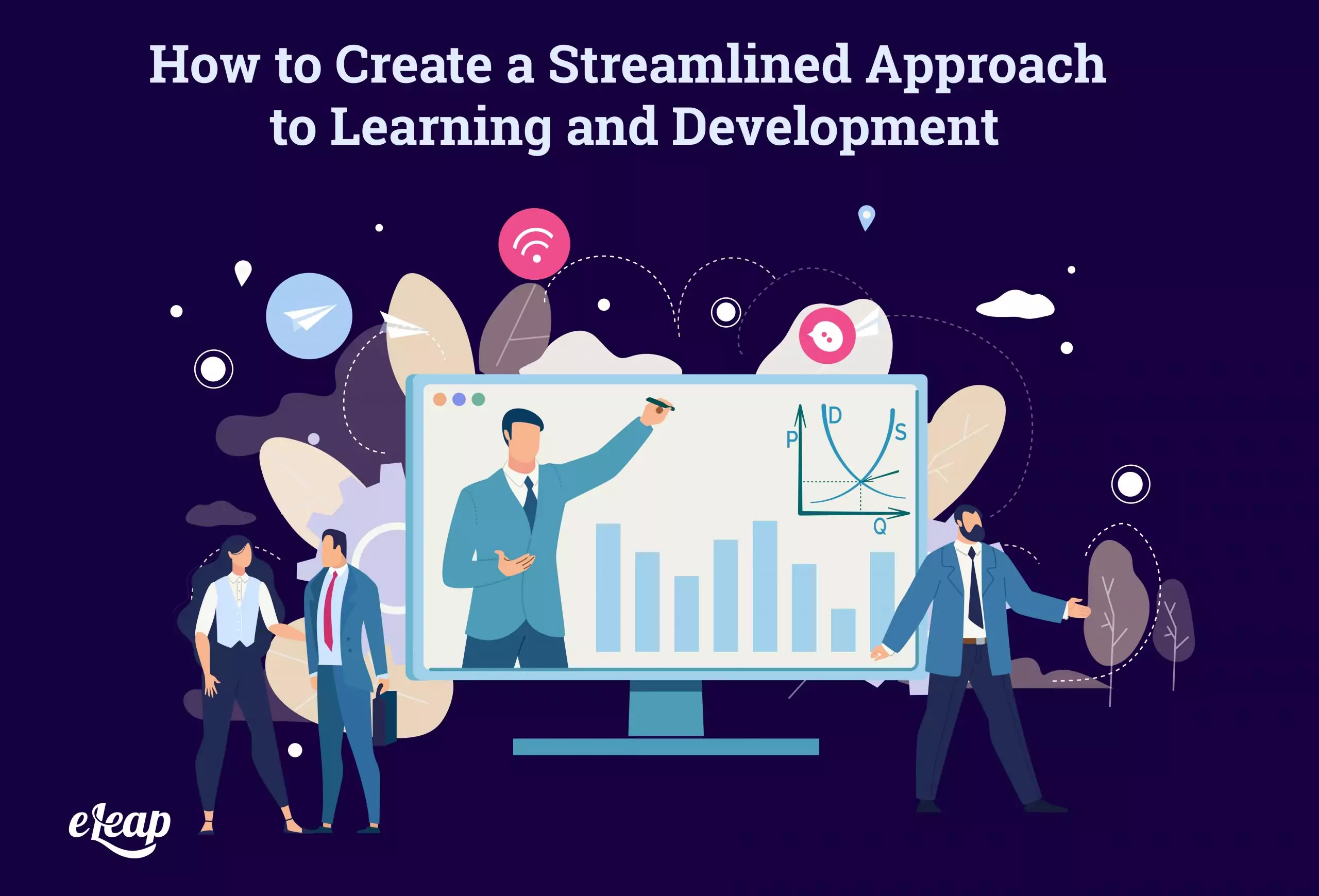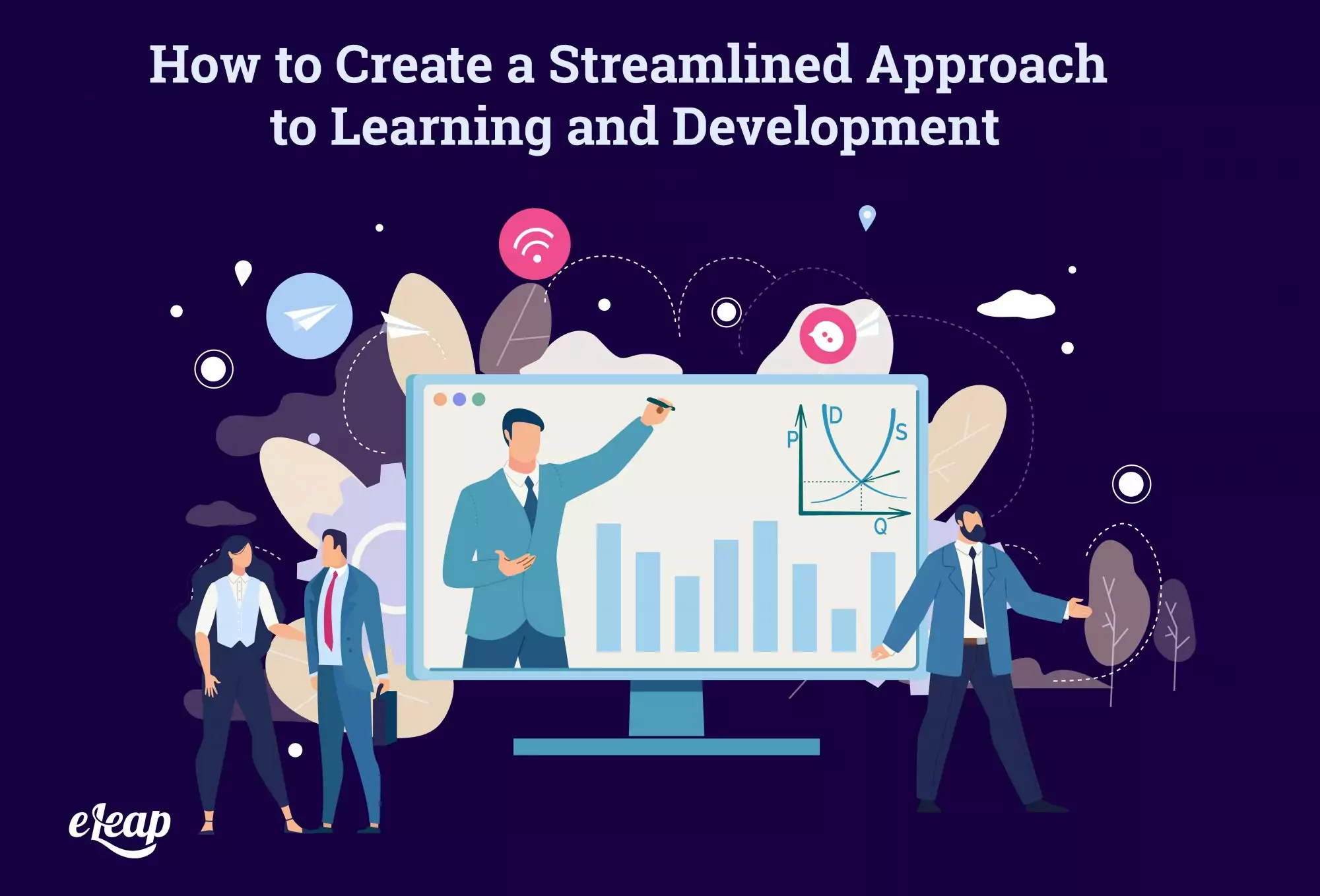How to Create a Streamlined Approach to Learning and Development

Learning and development (L&D) is a critical element for business success. However, too often, businesses get it wrong. They take a piecemeal approach or shove L&D to the back burner so they can focus on mission-critical tasks, not realizing that learning and development is as crucial as anything else.
The result here is a fragmented experience filled with outdated materials and training delivery methods. It’s not something that lends itself well to building a skilled, engaged workforce, certainly. In fact, it may be a driver of disengagement, dissatisfaction, and disaffection that costs your business human capital and profit.
What’s the solution? It comes down to streamlining your approach to learning and development. What does that mean, though? Below, we’ll touch on a few important steps to take.

Focus on the Goal
Too often, businesses focus on the wrong things. They fail to understand the point of the training. By keeping the end in mind, you can better meet the needs of learners, deliver better quality training content, and ensure a more positive experience. How do you achieve this? Answer some basic questions and you’ll be on your way:
- Does the training define my audience? If not, why not?
This question is pretty basic – the training (and the training’s goal) should define those being trained. For instance, while diversity training might be applicable for everyone, safety training courses or PCI-DSS compliance training require pretty specific audiences.
- Do I have outlined goals? Do I have outlined objectives?
What’s the point of the training? If you don’t have an outlined goal (purpose), then what’s the point of the training in the first place? If your training lacks objectives (purpose plus applicability in the workplace), then your learners are doing nothing but treading water and wasting time.
To deliver effective training, you need to meet your learners where they are. That requires understanding the audience to a significant degree. Define not only who needs training, but why they need it, and what it will enable within the business.
Identify Skill Gaps to Close
There are many types of training, and most of them should be represented within your business. One of the most critical is training designed to close skill gaps within your workforce. It’s a growing problem. According to PwC, before the COVID-19 pandemic (which put just about everything on pause), most companies were struggling to fill positions within their organization because of a lack of skills both within in-house employees and outside applicants.
The good news here is that your training programs can help to close those gaps. However, first, you must know where they are and what skills are missing from your workforce. This will require doing a deep dive into your organization, but once that’s done and you’ve identified the skills needed, it becomes much simpler to radically change your business.
With knowledge of what skills you’re missing, you can begin to create training programs that take in-house employees from where they are now to where they need to be. Not only that, but you can begin connecting the dots between employees in their current positions and where they want to go, or where they would best fit in higher positions while equipping them with the skills they’ll need to thrive.
Create Different Training Types
It doesn’t take a rocket scientist to realize you need more than one type of training to foster success within your organization. We’re not talking about topics – we’re talking about the purpose of the training. You should have three types of training at a minimum. Which are they?
- Mandatory Corporate Training: This is the baseline training required for compliance with federal and state law. It covers things like diversity training, sexual harassment training, and other topics that apply across the board.
- CE: CE, or continuing education, is the next step up. This type of training is required for professionals who are required by law or by industry regulations to re-up their certification periodically and complete ongoing training to maintain their professional skills.
- Career Advancement: The third type of training relates to career advancement. This provides your employees with the means to upskill themselves and reach their true potential, pursue their passions and interests, and move up within the company while learning what they need to be successful in those higher positions. Often, this is coupled with closing skill gaps, but it’s really about ensuring your employees are deeply engaged and have a reason to stay with the company rather than pursuing higher positions elsewhere.
Create Microlearning Possibilities
In the past, training was a long, drawn-out process. Attending a seminar took hours, maybe days out of an employee’s life. It created major disconnects and hardships for both employees and the business.
Thankfully, microlearning means that training no longer needs to take huge chunks of time out of an employee’s day, week, or month and that businesses no longer need to scramble to find a temporary replacement for a worker while they’re away. What is microlearning, though? How does it work?
Microlearning is just super-short training sessions, usually accomplished through digital technology (your LMS). There are many benefits here, including the following:
- It requires very little time to complete
- It can be completely tailored to the employee’s role or future role
- It can be completely customized to the employee’s knowledge level
- It offers flexibility not found with other learning methods
- It enables simple, expedient updates on the company’s end
The Bigger Picture
Ultimately, learning and development is the other side of the performance management coin. Without L&D, PM fails. The right training methods, the right materials and delivery technology, and the right stance toward training are all essential ingredients to achieving success here.
The right learning management system is critical and will enable not only the delivery of the three types of training discussed above, but ensure that microlearning opportunities abound and that you’re able to close skills gaps.